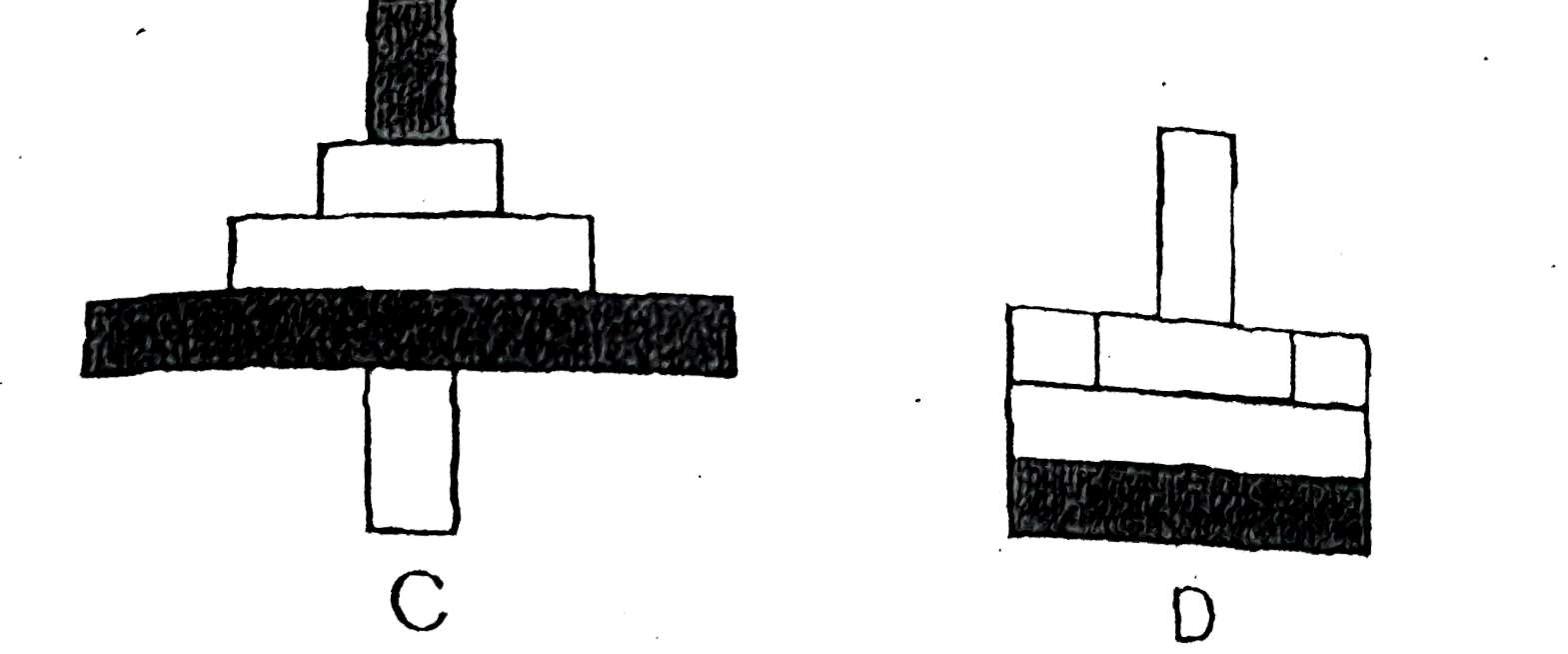Pyramid of numbers in pond ecosystem is inverted.
The correct Answer is:F
Step-by-Step Solution:
1. Understanding the Pyramid of Numbers:
The pyramid of numbers represents the number of organisms at each trophic level in an ecosystem. In a typical ecosystem, the number of producers is greater than the number of herbivores, which in turn is greater than the number of carnivores.
2. Pond Ecosystem Structure:
- Producers (First Trophic Level): In a pond ecosystem, the first trophic level consists of producers such as phytoplankton, algae, or diatoms. These organisms are abundant and form the base of the pyramid.
- Primary Consumers (Second Trophic Level): The second level consists of primary consumers like zooplankton, which feed on the producers. Their numbers are fewer than the producers.
- Secondary Consumers (Third Trophic Level): The third level includes small fish and crabs that feed on the primary consumers. Their numbers are even fewer.
- Top Consumers (Fourth Trophic Level): The top level consists of larger fish or predators, which are the least numerous in the ecosystem.
3. Analyzing the Pyramid:
In a typical pond ecosystem, the pyramid of numbers is upright because:
- The number of producers (algae/diatoms) is the highest.
- The number of primary consumers (zooplankton) is less.
- The number of secondary consumers (small fish/crabs) is even lower.
- The number of top consumers (large fish) is the least.
4. Conclusion:
Therefore, the statement that the pyramid of numbers in a pond ecosystem is inverted is incorrect. It is actually upright, with the number of organisms decreasing as you move up the trophic levels.
Final Answer:
The pyramid of numbers in a pond ecosystem is not inverted; it is upright, with the number of producers being the highest, followed by primary consumers, secondary consumers, and finally the top consumers.
---
The pyramid of numbers represents the number of organisms at each trophic level in an ecosystem. In a typical ecosystem, the number of producers is greater than the number of herbivores, which in turn is greater than the number of carnivores.
- Producers (First Trophic Level): In a pond ecosystem, the first trophic level consists of producers such as phytoplankton, algae, or diatoms. These organisms are abundant and form the base of the pyramid.
- Primary Consumers (Second Trophic Level): The second level consists of primary consumers like zooplankton, which feed on the producers. Their numbers are fewer than the producers.
- Secondary Consumers (Third Trophic Level): The third level includes small fish and crabs that feed on the primary consumers. Their numbers are even fewer.
- Top Consumers (Fourth Trophic Level): The top level consists of larger fish or predators, which are the least numerous in the ecosystem.
In a typical pond ecosystem, the pyramid of numbers is upright because:
- The number of producers (algae/diatoms) is the highest.
- The number of primary consumers (zooplankton) is less.
- The number of secondary consumers (small fish/crabs) is even lower.
- The number of top consumers (large fish) is the least.
Therefore, the statement that the pyramid of numbers in a pond ecosystem is inverted is incorrect. It is actually upright, with the number of organisms decreasing as you move up the trophic levels.
The pyramid of numbers in a pond ecosystem is not inverted; it is upright, with the number of producers being the highest, followed by primary consumers, secondary consumers, and finally the top consumers.
Topper's Solved these Questions
- BOOK - TRUEMEN BIOLOGY ENGLISHCHAPTER - ENVIRONMENTAL ISSUESEXERCISE - CHECK YOUR CONCEPT (Biodiversity)14videos
ENVIRONMENTAL ISSUES
- BOOK - TRUEMEN BIOLOGY ENGLISHCHAPTER - ENVIRONMENTAL ISSUESEXERCISE - CHECK YOUR CONCEPT (Environmental Issues/Pollution)7videos
ENVIRONMENTAL ISSUES
- BOOK - TRUEMEN BIOLOGY ENGLISHCHAPTER - ENVIRONMENTAL ISSUESEXERCISE - CHECK YOUR CONCEPT (Organisms And Population)8videos
ENVIRONMENTAL ISSUES
- BOOK - TRUEMEN BIOLOGY ENGLISHCHAPTER - ECOSYSTEM EXERCISE - MCQ178videos
ECOSYSTEM
- BOOK - TRUEMEN BIOLOGY ENGLISHCHAPTER - Enzymes EXERCISE - ASSERTION AND REASON11videos
Enzymes
Similar Questions
Knowledge Check
- Question 1 - Select One
Pyramid of numbers is
Aalways uprightBalways invertedCeither upright or invertedDneither upright nor inverted.
Pyramid of number in a pond ecosystem is
View SolutionPyramid of number in a cropland ecosystem is
View SolutionPyramid of number in a cropland ecosystem is
View SolutionPyramids of biomass in pond ecosystem are
View SolutionPyramid of energy in an aquatic ecosystem is
View SolutionThe pyramid of numbers in grassland ecosystem will be-
View SolutionWhich of the following representations shows the pyramid of numbers in a forest ecosystem ?

 View Solution
View Solution
